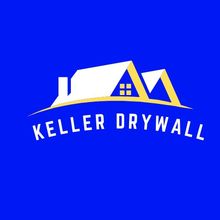Free Onsite Estimates
Contact Us
We will get back to you as soon as possible
Please try again later
Call us for all new installations, interior painting, or sheetrock repairs you may need.
Drywall is an inexpensive panel made from calcium sulfate, usually extruded between thin sheets of backer and facer paper, used primarily in the construction of ceiling and wall panels. Although drywall has been around for decades, modern developments in its design and applications have led to an increased popularity, as well as increased knowledge of its potential as a building material. Drywall repair is one of the many DIY (Do-It-Yourself) home improvement projects that can be tackled by homeowners. When drywall is damaged, the typical remedy is a patching compound that must be applied over the damaged area of drywall. Commonly called "drying mud", this compound is typically made with petroleum or mineral oil and water and can be applied in a similar fashion to paint, though care must be taken not to apply too much, or drywall will be compromised and permanently damaged.
Drywall repair and installation techniques are widely varied, depending on the type of damage being addressed and the desired result. A small crack may be filled with drywall tape, or a small cut may be stapled or painted over. A hole torn in a drywall panel may be plugged with a "stainless steel" repair kit, or a small plaster may be stapled over the tear. In severe cases, a "drywall mud" mixture may be applied over a large joint, filling it with mud that is slightly crumbly, and then allowed to dry over the next few days.
Some homeowners prefer drywall installation over drywalling because it is more economical. However, drywall finished products can be quite slick when applied, and results can be less than perfect. The type of drywall used for this purpose is a plaster board that has been saturated with mortar. Plasterboard may also be called "gypsum board", due to the heavy usage that it often sees in commercial and industrial settings.


